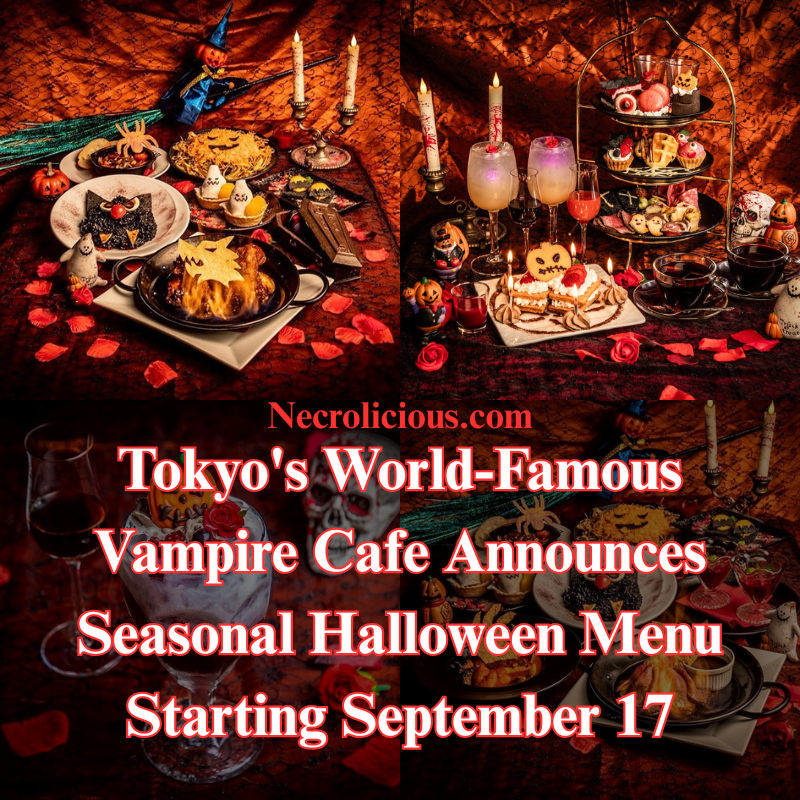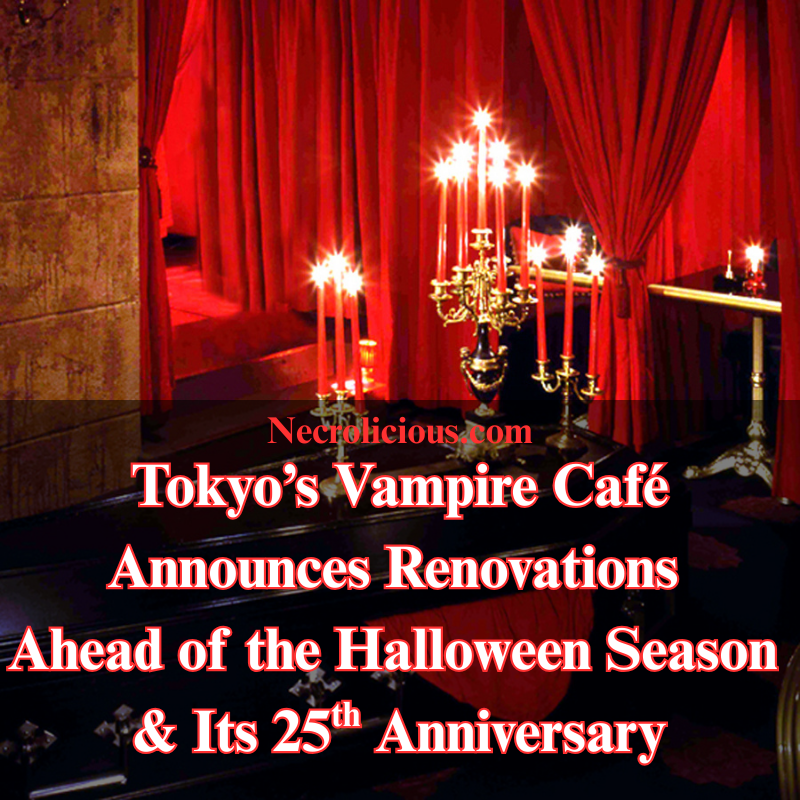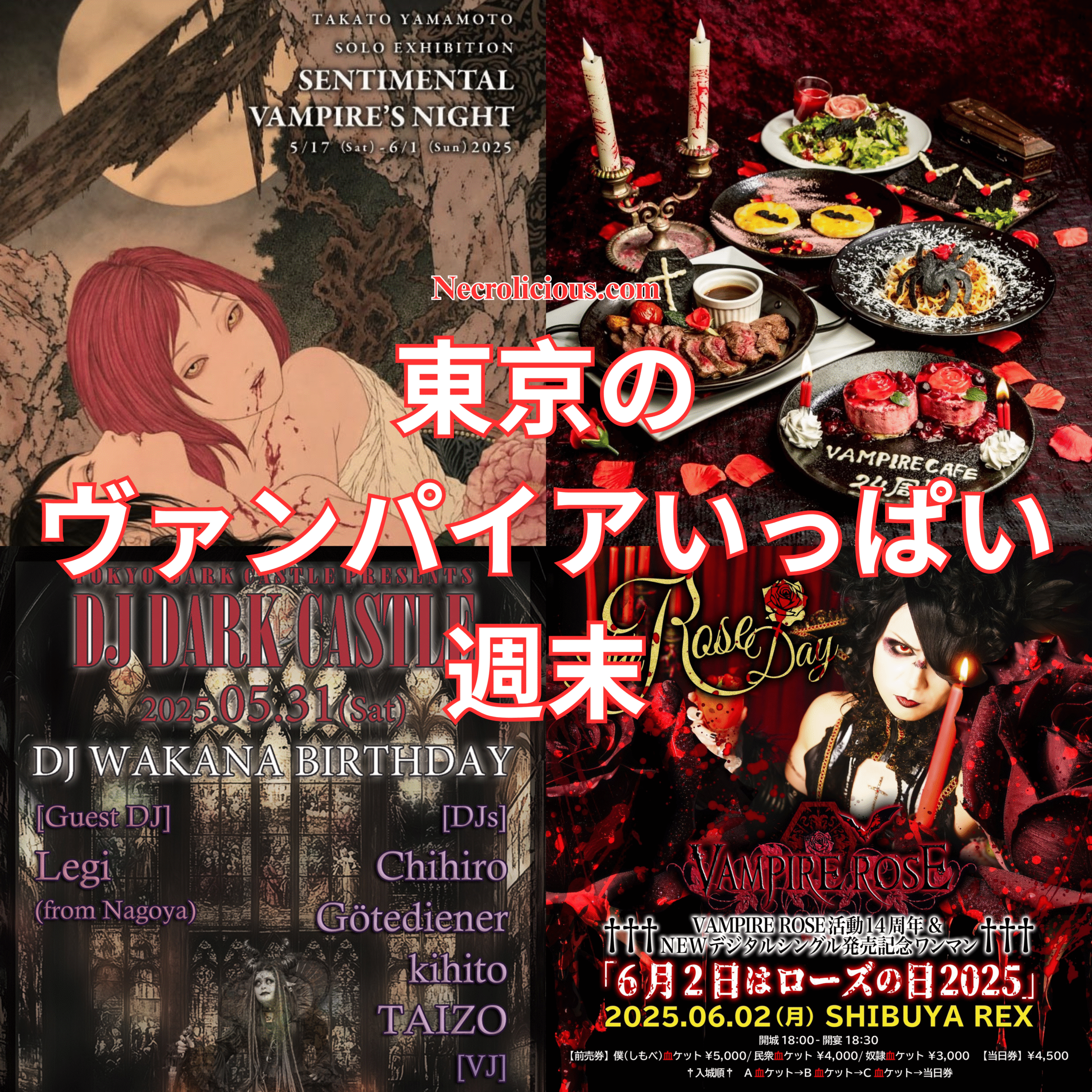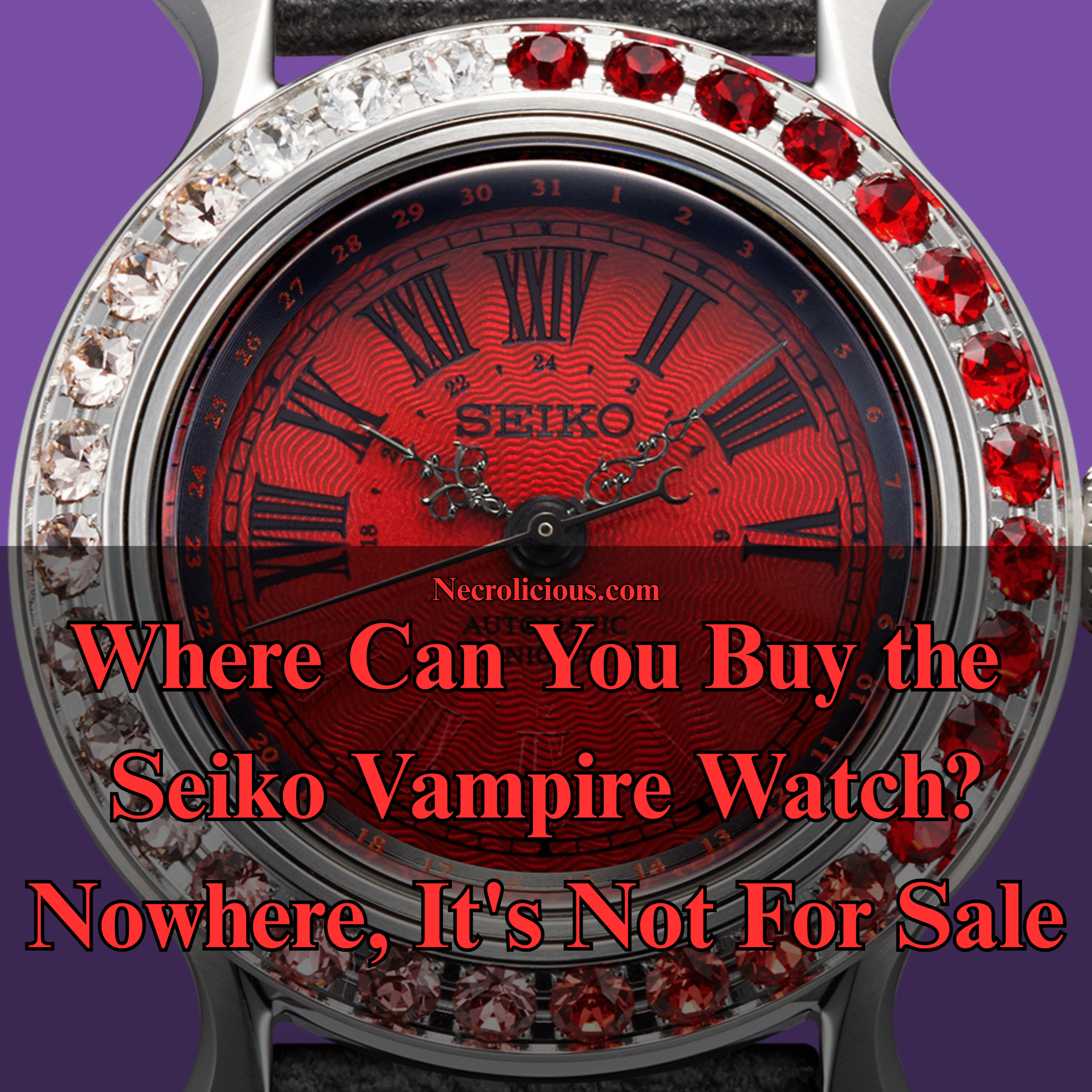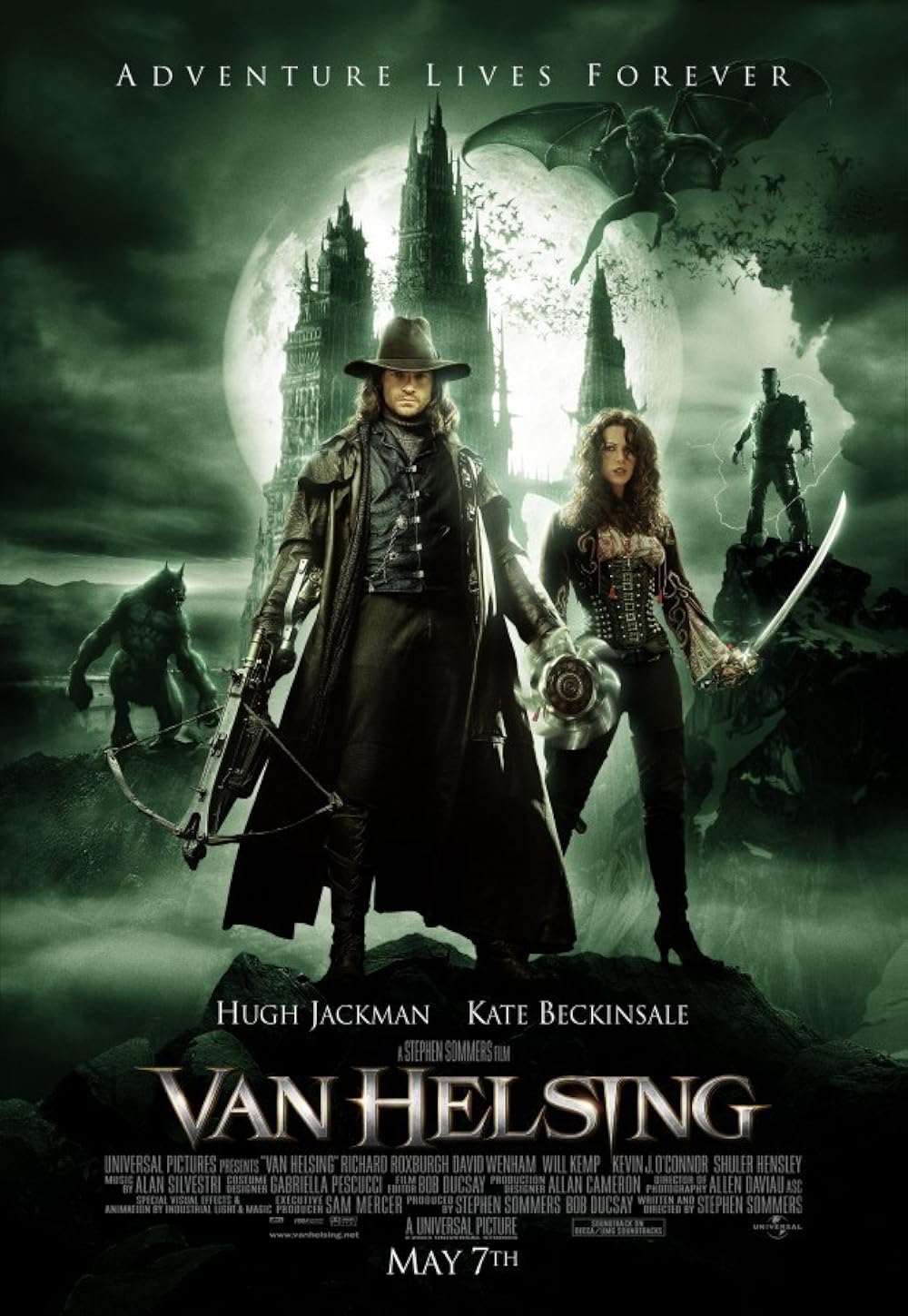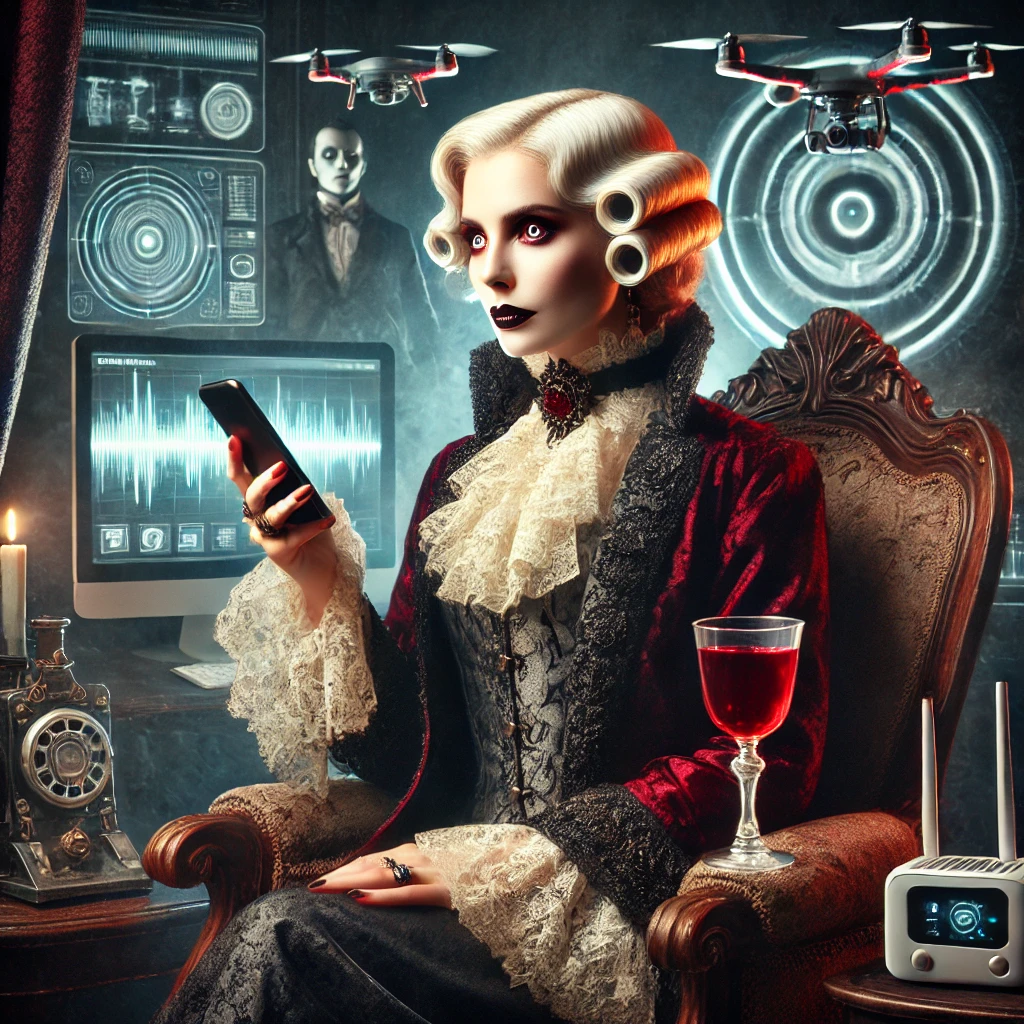Located in Tokyo’s bustling Ginza district, the Vampire Cafe has established itself as a leader in Japan’s themed dining scene. Recent minor improvements, such as updated decor and enhanced guest amenities, refine its gothic charm without altering its core identity. This Halloween season leverages these subtle changes to create an inviting atmosphere for seasonal dining. Whether you are a local or a visitor, this experience offers a fresh perspective on a cherished venue.
Menu Highlights: A Culinary Celebration of the Season
The Vampire Cafe has curated three Halloween courses to showcase its enhanced setting.
Here is a detailed overview:
1. Ritual-Included Vampire Halloween Night Afternoon Tea Plan
- Price: 5,500 yen
- Dishes: 17 meticulously prepared items
- Starters:
- Vampire’s Chalice – An exclusive night afternoon tea cocktail (non-alcoholic option available)
- Plate 1: Rose Jelly, Sour Cherry Cake, Chocolate Roll Cake, Eyeball Jelly, & Raspberry Macaron
- Plate 2: Chocolate-Dipped Waffle, Cassis Mousse Tart, & Berry Tart
- Plate 3: Duck Coffin Sandwich, Roast Beef, Prosciutto, Bacon & Spinach Quiche, Camembert Cheese Cracker, & Mozzarella & Cherry Tomato Caprese Skewer
- Specialty: Berry Magic Circle Mille-Feuille – Presented with a traditional ritual
- Finish: Coffee or tea
- Suitability: Ideal for group outings or special occasions, with custom cakes available for an additional 2,000-3,000 yen.
2. Halloween Premium Course
- Price: 7,000 yen
- Dishes: 8 premium selections
- Menu:
- Appetiser: Vampire Bat Under the Full Moon – Pumpkin Cream Cheese with Homemade Focaccia
- Salad: Dark Ritual Awakens the Pumpkin Monster – Root Vegetable Salad with Raspberry Dressing
- Hot Dish: Devil Spider Dancing in the Fire – Baby Octopus & Mushroom Ajillo
- Risotto: Mischievous Black Cat – Autumn Salmon & Squid Ink Risotto
- Palate Cleanser: Count Dracula’s Kiss – Cranberry Granité
- Fish Dish: Zombie’s Hand from the Depths – Bouillabaisse-Style Seafood Soup
- Meat Dish: Raging Wolfman in the Flames of Hunger – Wagyu Roast Beef with Chaliapin Sauce
- Dessert: Curtain Call of the Little Ghost – Chestnut Mousse Wrapped in Mochi
- Suitability: Designed for those seeking a refined dining experience within the updated setting.
3. Halloween Course
- Price: 5,000 yen
- Dishes: 6 thoughtfully prepared items
- Menu:
- Appetiser: Vampire Bat Under the Full Moon – Pumpkin Cream Cheese with Homemade Focaccia
- Salad: Revival Ritual Awakening the Pumpkin Monster – Root Vegetable Salad with Raspberry Dressing
- Hot Dish: Devil Spider Dancing in the Fire – Baby Octopus & Mushroom Ajillo
- Risotto: Mischievous Little Black Cat – Autumn Salmon & Squid Ink Risotto
- Meat Dish: Rampaging Wolfman in the Flames of Hunger – Roasted Back Ribs with BBQ Sauce
- Dessert: Curtain Call of the Little Ghost – Chestnut Mousse Wrapped in Mochi
- Suitability: A cost-effective option for first-time visitors to enjoy the enhanced cafe.
Booking Details & Considerations
- Dates: Available from 17th September to 3rd November 2025
- Group Size: Reservations for 1-8 guests
- Allergy Information: Limited accommodations—contact the cafe after 5:00 PM for inquiries (English support may not be available).
- Photography: Guests are advised to seek permission before taking photographs, respecting cultural norms.
Experience the Subtle Enhancements This Halloween
The Halloween dining event offers a chance to enjoy the Vampire Cafe’s minor updates, such as refined decor and improved amenities, as outlined in our previous article. These enhancements complement the seasonal menu, creating a cohesive experience that reflects the cafe’s ongoing commitment to quality. Visiting during this period allows patrons to appreciate these subtle improvements in a festive context.
How to Reserve Your Spot
Secure your reservation through the TableCheck Reservation Link to experience the enhanced Vampire Cafe. Availability is limited, so prompt action is recommended.
I invite your insights on themed dining experiences in the comments section.
Unless otherwise noted, image assets above are NOT original content & are shared under fair use doctrine with NO claims to authorship or ownership.
Contact necrolicious@necrolicious.com for credit or removal.
This post was sponsored by…ME! If you’d like to support, please buy my original meme merch from Necrolicious.store or check out my affiliate links to get yourself some other cool things. Additional affiliate links may be contained in the above article. If you click on an affiliate link & sign up/make a purchase, I may earn a commission. This does not increase the price you pay for the product or service, so it helps support this website at no cost to you.
